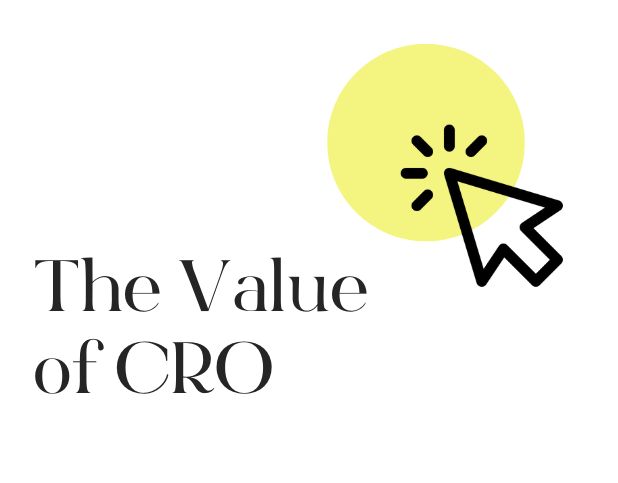There are many foundational steps in getting a new brand up and running. There are methods of doing it the “right way” and other ways of cutting corners (we prefer the right way). Often brands cut corners either because they are unaware of what they need to do or the importance of each step, or they want to cut straight to making money. As with any project, the more research and preparation you do upfront, the better your results. We also believe in moving forward and continuing to push things along, even if you aren’t sure you have it right the first time.
One of the most important and preliminary and foundational pieces of launching a new brand is developing the brand strategy. Your brand strategy is not a one-time project – it’s an ongoing process that should be reviewed and updated as needed to ensure that it stays relevant and effective.
What is a Brand Strategy?
A brand strategy is a long-term plan for the development of a successful brand in order to achieve specific goals. A well-defined and executed brand strategy helps establish a strong brand identity, differentiate a business from its competitors, and create a strong emotional connection with customers. Here are the key steps to building your brand strategy:
Step 1: Define your brand:
Before you can create a brand strategy, you need to have a clear understanding of your brand. This includes defining your brand’s mission, values, and personality. Your brand should reflect the unique value that you offer to your customers and differentiate you from your competitors. To read more about how to define your brand, read this blog.
Step 2: Research your target audience:
Understanding your target audience is essential for developing a successful brand strategy. Conduct market research to learn more about your customers’ needs, preferences, and behaviors. This will help you create a brand that resonates with your target audience and meets their needs. For additional guidance about how to determine your target audience, read this blog.
Step 3: Determine your brand positioning:
Brand positioning refers to the unique value that your brand offers to your customers and how it is perceived by them in comparison to your competitors. To determine your brand positioning, consider your target audience, the benefits that your brand offers, and the unique qualities that differentiate you from your competitors.
Step 4: Develop a brand messaging strategy:
Your brand messaging should be consistent across all touchpoints and should clearly communicate the value that your brand offers to your customers. Develop messaging that reflects your brand’s mission, values, and personality, and make sure it resonates with your target audience.
Step 5: Create a visual identity:
A strong visual identity is essential for building brand recognition and creating an emotional connection with customers. This includes elements such as your logo, color palette, typography, and imagery. Your visual identity should be consistent across all marketing materials and should reflect your brand’s personality and positioning. Read this blog for a walkthrough of the basic elements of a brand identity.
Step 6: Create a brand voice:
Your brand voice is the way that you communicate with your customers through your marketing materials and social media channels. It should be consistent with your brand’s mission, values, and personality, and should reflect your brand’s unique character.
Once you have developed your brand strategy, it’s important to implement it consistently across all touchpoints. This includes your website, social media channels, email marketing, and any other marketing materials. Consistency is key to building a strong and recognizable brand. When you have multiple touchpoints that show different versions of your brand, customers may not think it is the same brand or may think of your brand as sloppy and unorganized. Keep in mind, your brand strategy is not a one-time effort – it should be a living document that evolves over time as your business grows and your target audience changes. Regularly monitor the effectiveness of your brand strategy and adjust as needed to ensure that it is meeting your goals.
In conclusion, a strong brand strategy is essential for the success of any business. It helps establish a strong brand identity, differentiate a business from its competitors, and create a strong emotional connection with customers. By following the steps outlined above, you can create a brand strategy that helps your business stand out in the marketplace and achieve its goals. We understand this is no small project, but it is one of our team’s favorite types of projects to execute! If you want to save yourself time (and a headache), please reach out to our team and let our industry experts develop your brand strategy and brand identity for you!
About BuzzShift
BuzzShift is a digital growth strategy agency with a focus on mid-market, scaling DTC Brands. By combining the ideologies of branding, performance marketing, and retention agency, we can create memorable experiences with measurable results and build long-term success for our clients with scalable, sustainable growth. Learn more about BuzzShift.







